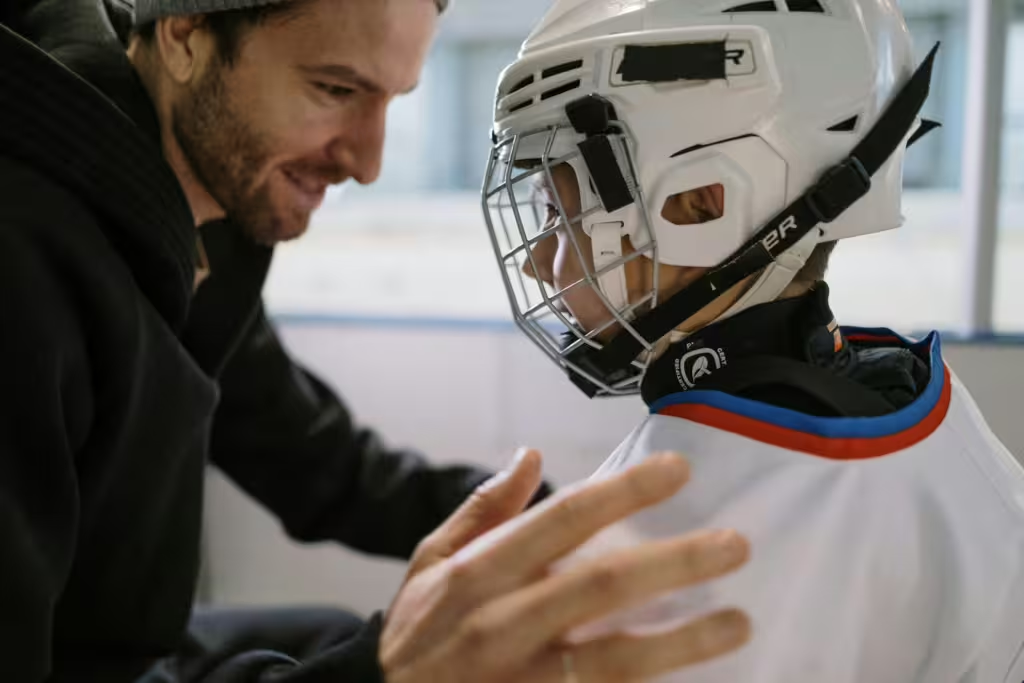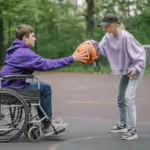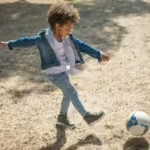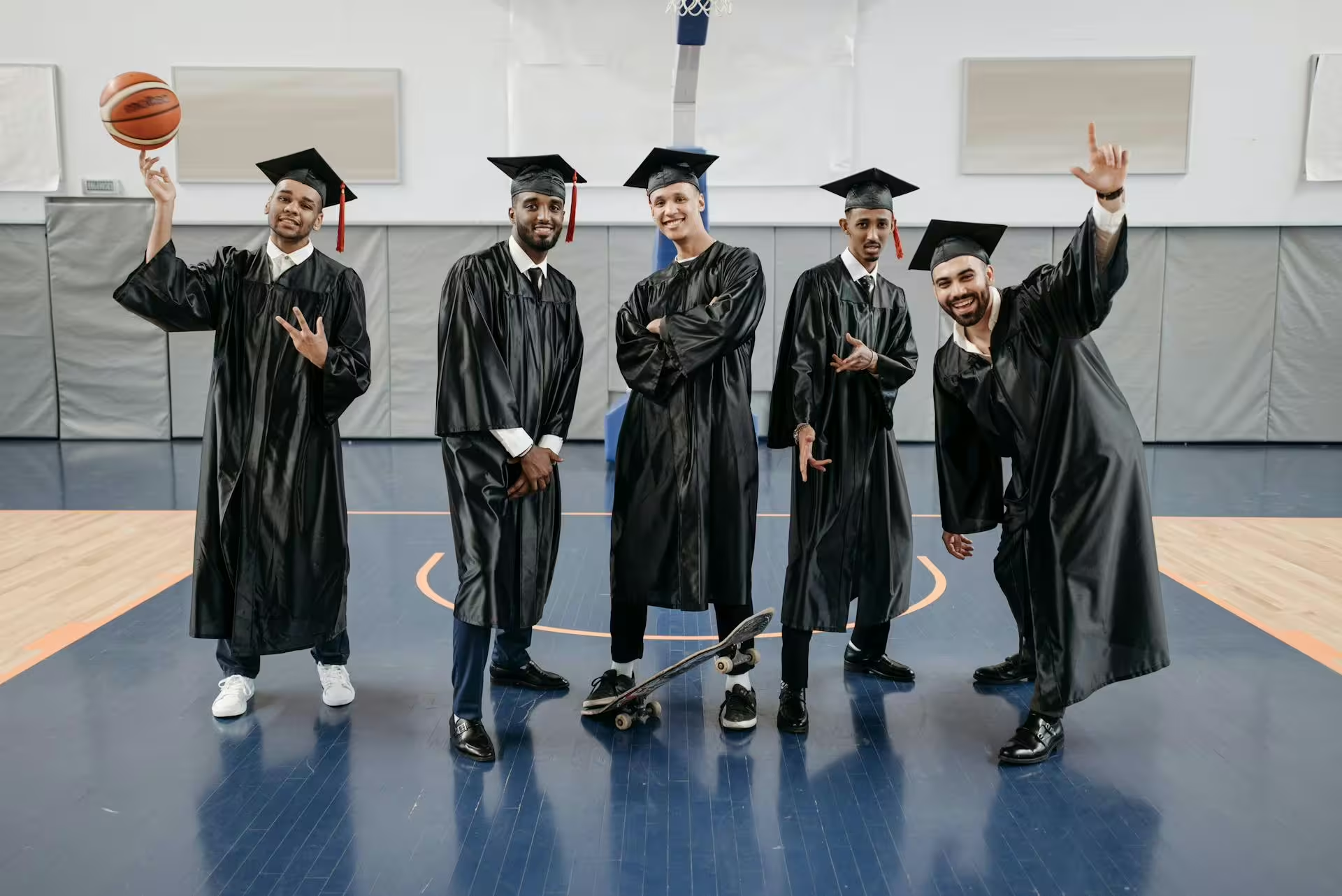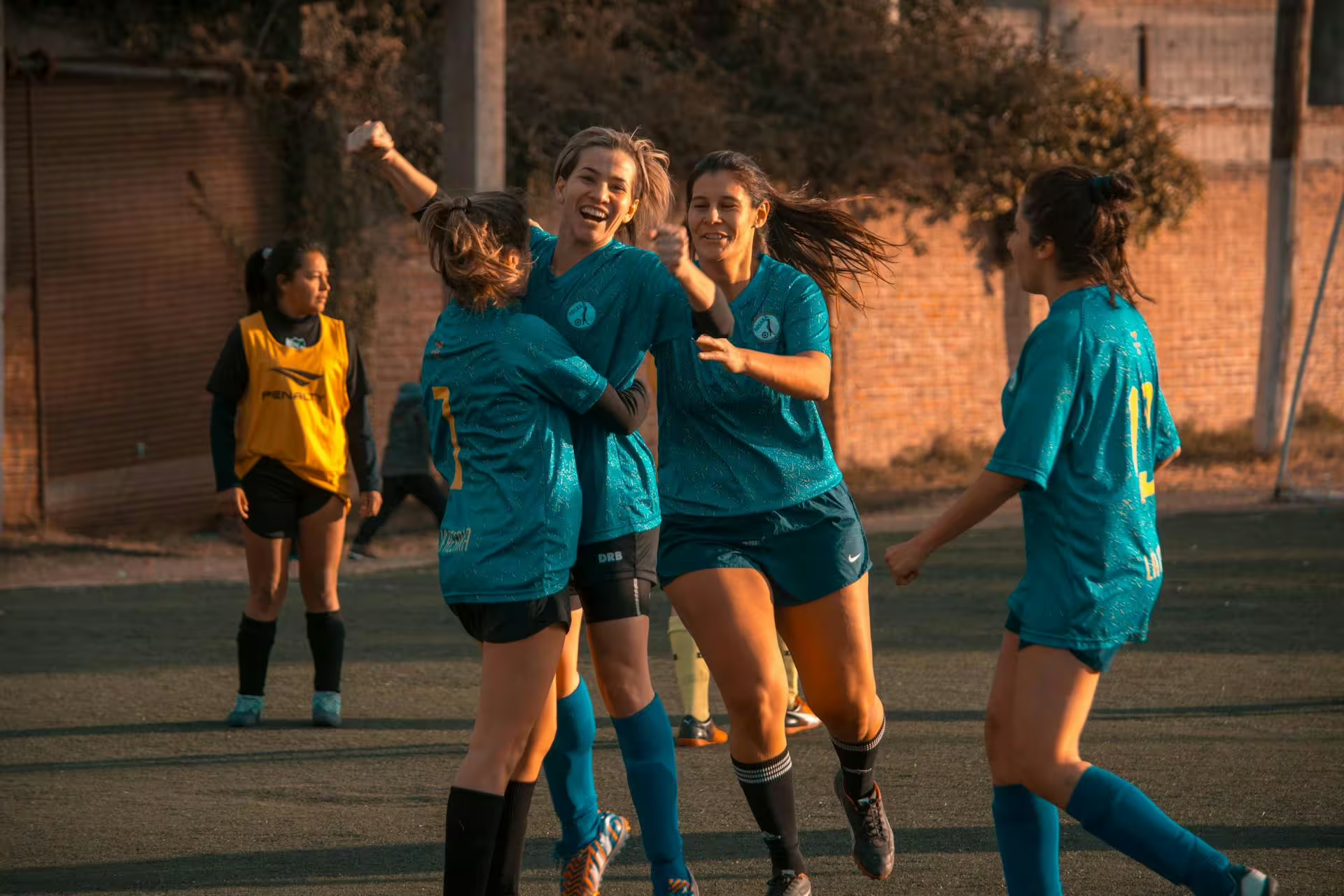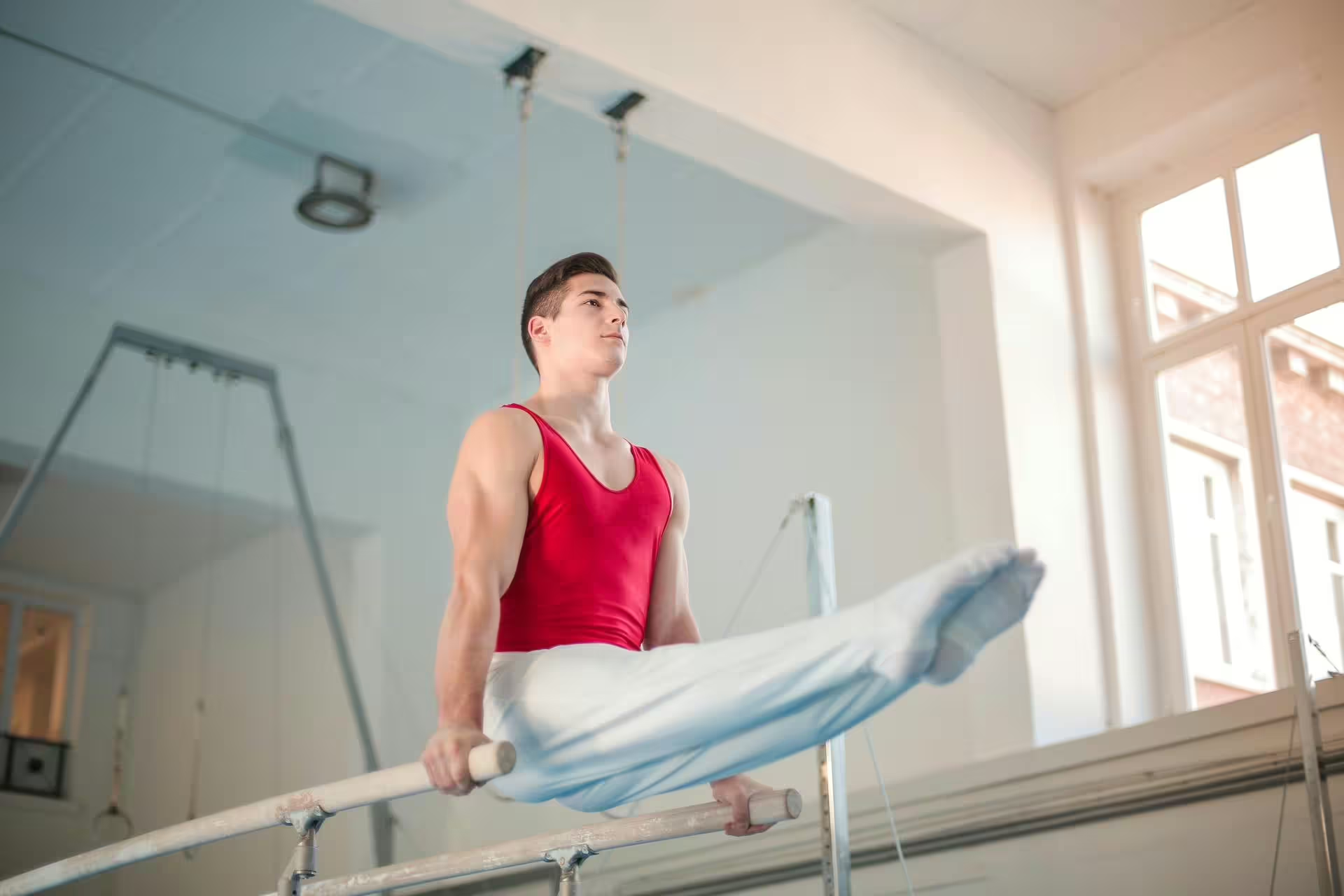Hockey is one of the most exciting and fast-paced sports for kids to engage with. It can be just as exhilarating to watch as it is to play, but many parents might wonder if such a skill-intensive sport is good for their children. In youth sports, and especially where hockey is concerned, the potential for injury may be a huge deciding factor for parents looking to get their kids involved.
Dangerous though it may seem at first glance, pee wee hockey is not the brutal sport many concerned parents imagine it to be. Indeed, the combination of speed, skill, and teamwork makes it an most rewarding experience for young athletes. Even those parents who do feel like hockey would be a good fit for their child wonder when the right time might be to introduce them to the sport. The question of how to prepare a child for the ice is a tricky one and there are many schools of though concerning this. Fortunately, the good news is that kids can start learning the basics of hockey at an early age. With the right guidance, those same budding hockey players can develop a strong foundation in the sport that will serve them well as they grow into their skates.
In this article, we will explore the best age range for children to start hockey. We will teach parents how they might introduce their kids to skating, as well as the essential gear they’ll need to begin. At the same time, we will offer some helpful tips for preparing young players for the ice. By taking the right steps, parents can set their children up for success, ensuring that they not only enjoy hockey but also develop important life skills such as discipline, teamwork, and perseverance; all of which will go on to serve them in other areas of life.
When to Start Pee Wee Hockey
For lifetime hockey fans, parents who have played themselves, or those who are just looking to get their kids into physical fitness from as young an age as possible, there is good news! Hockey can be introduced to children as early as age three or four. Many of these early, pee wee hockey lessons include learn-to-skate and beginner programs, of course, but they are the necessary stepping stones toward joining more organized forms of the sports. Remember, it might seem young, but getting an early start with skating helps build confidence and balance in young kids. Meanwhile, organized team hockey typically starts around ages five or six, so if they have been practicing since two years prior, they should be confident enough to step on the ice in a more competitive capacity.
The key to all of this, to any youth sport really, is introducing the sport in a positive way. Parents should do their best to ensure that the experience is fun, engaging, and developmentally appropriate for young children. Skating should be first on this list, as it is a fundamental skill in hockey. This explains why the earliest “hockey” lessons involve toddlers and young children simply getting onto a pair of skates. Those who develop confidence on the ice early will find the transition into structured hockey programs much smoother.
Parents who have interest in getting their children into a skating or hockey program, should start by looking locally at first. Many local rinks and community centers offer learn-to-skate programs specifically designed for young children. These programs allow them to build their skills in a low-pressure environment before moving on to more advanced hockey instruction and competitive play.
While there is some degree of financial and time commitments associated with youth hockey, they are not something that parents need to stress about. Ultimately, hockey, like any sport, is something of an investment, yet there are ways to get started without breaking the bank. For instance, many rinks offer rental equipment for beginners. Also, some leagues provide scholarships or financial assistance to help cover costs. Understanding that these options exist can help parents make informed decisions about when and how to introduce their child to the world of hockey.
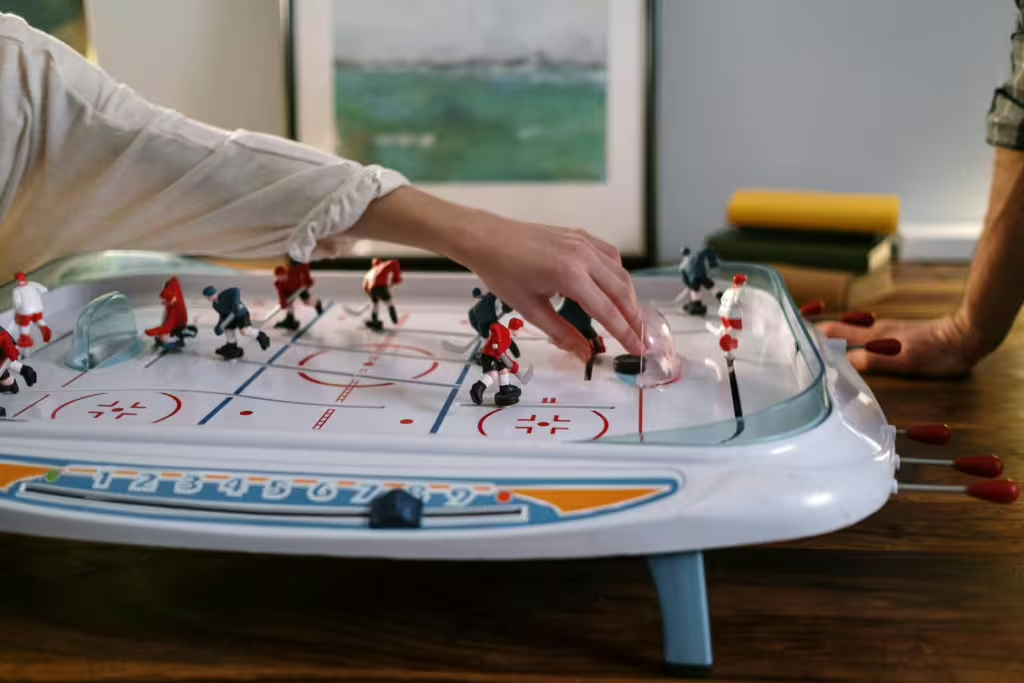
Hockey Age Groups
USA Hockey and Hockey Canada are both major organizations that use age groups to classify young hockey players into different groups. The classifications include:
- Mini-Mites (Ages 5-6) – The mini-mites level is a beginner-level introduction to hockey focuses on the most basic skating techniques and puck-handling skills. Basically, we want them to be able to stand up and move on the ice at a bare minimum.
- Mites (Ages 7-8) – Mites are a step above mini ones. This structured style of team play is focused on the development of fundamental hockey skills. This is still pretty base-level though.
- Squirts (Ages 9-10) – The squirts level of play is where competition really begins to heat up! Well, that’s something of an exaggeration, this is more the level where competition kind of even exists. Play at this stage begins with an emphasis on refining skills and game strategy.
- Pee Wee (Ages 11-12) – The titular pee wee level of youth hockey is a crucial developmental stage for children. This is where kids build strength, agility, and advanced skills to play the game at more competitive levels later on.
Note that while structured league play begins at different ages depending on location, young kids can start preparing for higher levels of hockey well before they reach Pee Wee level. Ultimately, it comes down to how ready the parents are get them started. But how does one “get a kid ready” for hockey in the right way?
Getting Kids Ready for Hockey
Starting hockey requires preparation, patience, and the right resources; almost all of these fall on the onus of the parent, though the child is eventually going to take over in some capacity as they mature. Either way, these are the key steps parents can use to help ensure their child’s smooth transition into the sport.
Introduce Skating Early
We’ve said it before and we will say it again, skating is the foundation of hockey. Children who begin skating at an early age develop better balance, coordination, and confidence on the ice than those who try it out a little later on. Consider signing your child up for:
Public skating sessions – These sessions allow kids a chance to get comfortable on skates.
Learn-to-skate programs – These programs are usually offered at most local rinks. They tend to focus on basic skating skills above all else.
Parent-child skate time – Take some time and skate with your kids! Even if you’re nervous, you may just find that you enjoy it as well. Taking time to skate with your children will encourage fun and bonding on the ice.
Focus on Fun and Confidence Building
Hockey and sports in general, quite frankly, should be enjoyable for kids. Before worrying about drills and competitive play, parents should make sure their child is having fun on the ice. If they seem uncomfortable, consistently difficult about getting on to the ice, or anxious to get going, it might be that hockey isn’t the game for them. Then again, it could just as easily be that they aren’t enjoying themselves for other reasons. Ask them what those reasons might be, engage with them. You’d be surprised how much it can help. Games, friendly challenges, and unstructured skating time will also help them to build enthusiasm for the sport.
Invest in the Right Equipment
Hockey is not a simple sport in terms of gear, uniforms, and equipment. Proper gear is essential for safety and performance. Here’s what your kid will need if they start playing hockey:
Helmet with face cage – Helmets and face cages, in particular, represent crucial protection on the ice. Always make sure the helmet fits snugly.
Skates – Beginner skates are a solid investment and should fit well. They should also provide good ankle support.
Hockey stick – You’re going to want to choose a stick that is appropriate for your child’s height and strength.
Shin guards, elbow pads, gloves, and shoulder pads – These all seem like unnecessary accoutrements in pee wee hockey, but they are quite valuable for bodily protection. You never know where a rogue puck is going to land.
Hockey pants and socks – The ice gets quite cold, so you want to provide adequate coverage, padding, and warmth.
Mouthguard – Trust us, you don’t want to see the dental bills of hockey players or even youth hockey players. Invest in a good mouthguard for your kid, it will help prevent unnecessary dental injuries.
Jersey and practice wear – The more comfortable your child is on the ice, the more likely they will enjoy playing. Find the most comfortable clothing you can for on-ice sessions and make sure your child is actually comfortable in it.
Note that most hockey rinks and leagues offer rental or loaner equipment to help families get started.
Enroll in a Learn-to-Play Hockey Program
We touched on it earlier, but many rinks offer beginner hockey programs designed specifically for young children. Programs like these emphasize basic skills, teamwork, and having fun while learning the game.
Some popular organizations offering learn-to-play programs include: USA Hockey’s Learn to Play Initiative and Hockey Canada’s Initiation Program.
Work on Off-Ice Skills
In addition to skating, kids can develop hockey-related skills even when they are off the ice, including:
Stickhandling drills – Kids can practice with a ball or puck at home improves coordination.
Balance exercises – Standing on one foot might sound like a silly “exercise” but it can help build better stability.
Basic strength and flexibility training – Simple exercises like jumping, stretching, and running can enhance a child’s overall athletic ability.
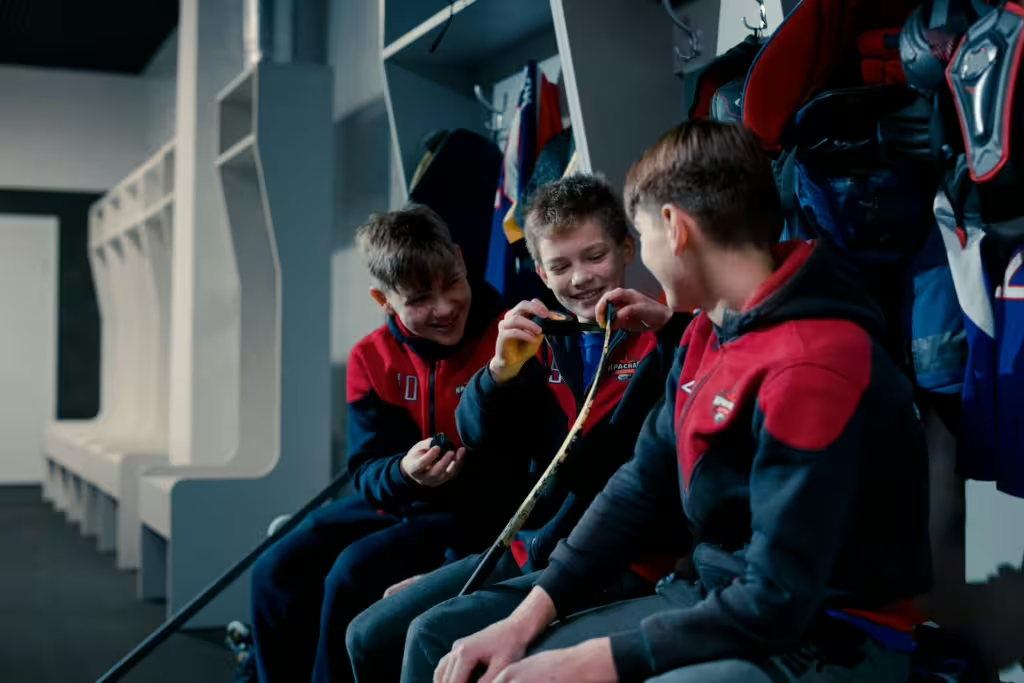
Introduce the Game in a Fun Way
Watching professional hockey, playing knee hockey at home, or attending local youth games can be great ways to spark a child’s interest in the sport, even if they have shown a lackluster one up until this point.
Transitioning to Team Play
Once a child feels comfortable skating and handling a stick, they might just be ready to join a beginner hockey league. This is an important step because organized play provides structure, teaches teamwork, and helps young athletes to develop a sense of sportsmanship.
Choosing the Right League
Recreational leagues – These leagues are less competitive and tend to be focused more on skill-building.
House leagues – Leagues like these tend to be more local and often feature beginner-friendly team play.
Travel leagues – These are the big leagues, so to speak. They tend to be more competitive, requiring commitment to practices and games.
Parental Support: Your Role in Your Child’s Hockey Journey
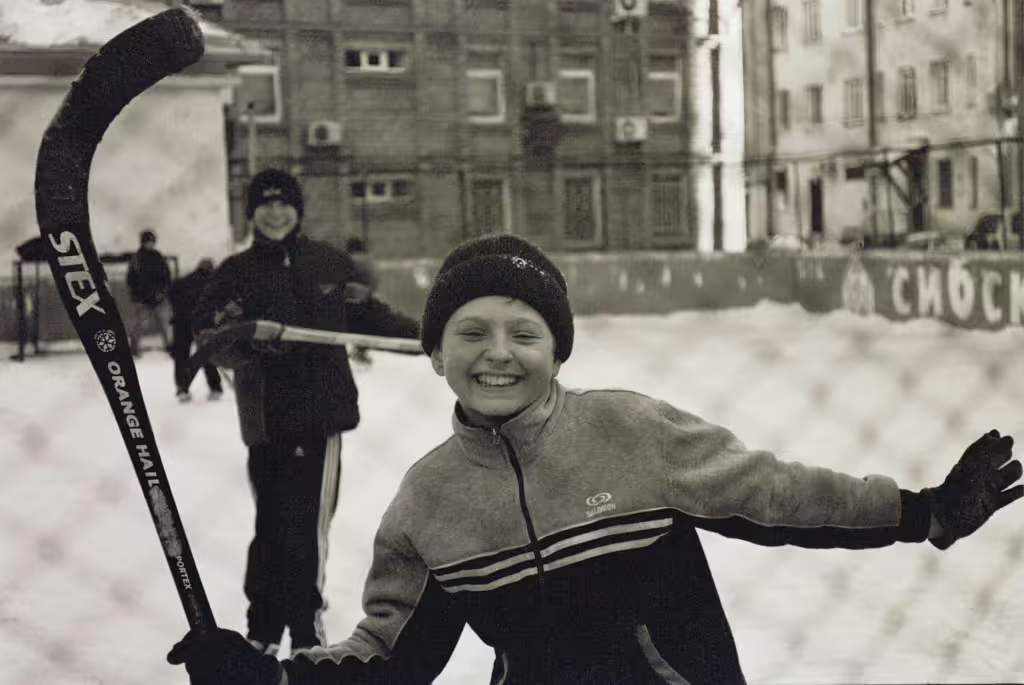
Remember, as parents, we play crucial role in helping our children find and keep a love of sports. With our positive intervention, we can assist them in developing a love for hockey. Here’s how to best provide positive support:
Be encouraging, not demanding – Don’t push things too hard. Let your child progress at their own pace.
Celebrate all efforts – Don’t stress over big accomplishments. Try and remember that even the smallest improvements deserve recognition.
Foster a positive attitude – Don’t be a jerk, no matter how heated a game gets! Showing good sportsmanship and modeling respect for coaches and teammates is a great way to teach those same attributes to your children.
Create a balanced schedule – If it seems like your child isn’t having fun, don’t be afraid to pull back a little bit. You can avoid burnout by ensuring adequate rest and free time.
Cultured Athlete Says…
As you can see, Pee Wee hockey is an incredible experience for any child who is interested in hitting the ice for some wintertime fun. Playing hockey can help young athletes develop skills, build confidence, and make lifelong friends. Parents can start their child off with basic skating and once they find the right programs, can help them work their up to more challenging, competitive levels of play. The key though, is to keep the focus on fun and personal development, so that budding hockey players can have a positive introduction to hockey. With the right support, any child can become a hockey pro…or at the very learn to love the joy of gliding across the ice.
Discover more from CulturedAthlete
Subscribe to get the latest posts sent to your email.

